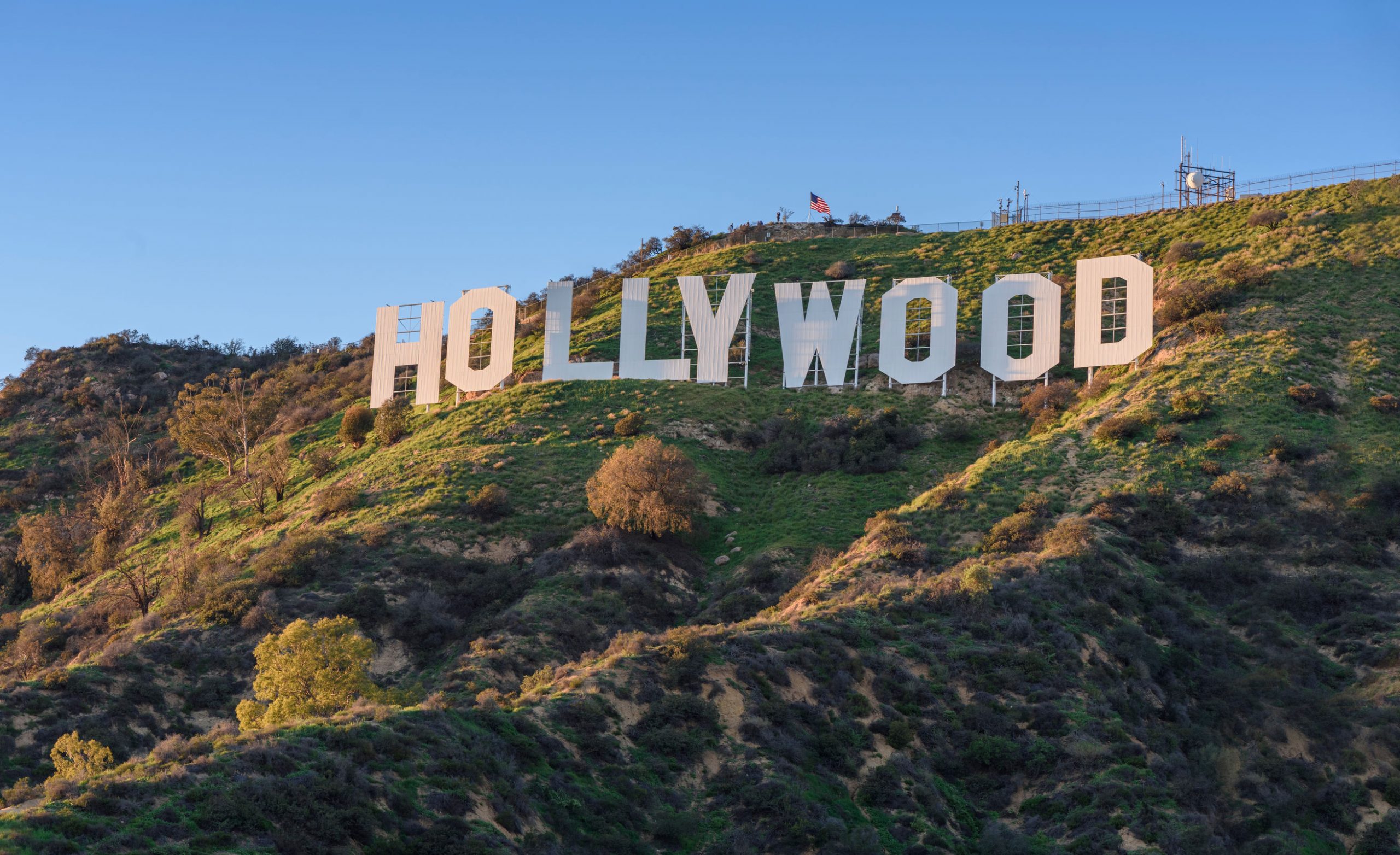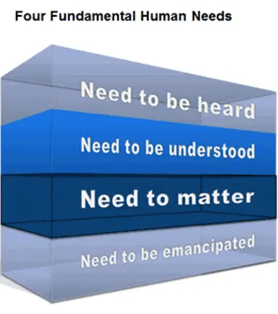Create shareable content: 5 Hollywood storytelling tips
Nobody likes writing posts or shooting videos that nobody ‘likes.’ Here’s how to create content that hits emotional buttons so audiences hit the “share” button.

Editor’s note: This article is a re-run as part of our countdown of top stories from the past year.
“Emotional storytelling is the best way to truly connect with your audiences,” says Brandon Daniels, currently a motor oils product manager at Marathon Petroleum.
“Without it, your speeches, presentations or YouTube videos will fall flat,” he warns.
He speaks from experience. Daniels previously worked as a spokesperson and social media manager at Marathon, where he was heavily involved in video production and multimedia project development.
“People laugh and cry when they watch movies, because they identify with heroes on the screen and get to go on a journey,” he said in a recent Ragan workshop. “So we always made sure to apply Hollywood storytelling norms when we created our best videos.”
Here’s his advice for matching the film industry standard—along with insights from an actual Hollywood insider:
1. Watch movies…seriously. “As a communicator, you’re also a storyteller—just like producers making movies,” says Daniels. “The similarities are definitely there.”\
For example, “We used a traditional scripting format,” he says. “We storyboarded, we had production meetings and we edited using Avid Media Composer and After Effects.”
His advice: “Watch movies with a more critical eye. Analyze structure, character journeys and how directors frame shots,” he says. “Treat it like an opportunity to learn.”
His quick tips for creating better corporate videos:
For testimonial videos:
- Never script.
- Keep questions simple and open.
- Change camera angles at consistent points.
- Structure questions around an outline.
- Symbolize backgrounds.
- Give interviewees a security blanket.
- Don’t rush the process.
For narrated/fiction videos:
- Always script.
- Keep the primary purpose at the forefront.
- Use it as an employee engagement tool.
- Storyboard first.
- Shoot to the edit.
- Know your limitations.
2. Understand the psychology of why people share. “For most of PR’s history, we’d pitch the press, write releases that sounded like news stories and push out cold, lifeless, dry facts,” Daniels says. “Well, that’s just boring!”
His point: “Thanks to social media, we can now connect with our audiences directly. That can be a very powerful connection—if we understand that sharing is an innate human need, whether it’s an opinion or a story.”

Source: I-Scoop: “Content Sharing and Storytelling: Why and How People Share Content.”
“People share your content because it’s personal to them,” Daniels explains. “If they’re moved by it, they’ll share it to feel more understood and heard by others.”
3. Personify, personify, personify. So how do you find the emotional buttons to influence your audience?
“Not by accident,” Daniels says. “It’s built around a storytelling strategy where your brand or product personifies and embodies someone we want to connect with.”
His advice is to find someone like a product engineer or even customer who:
- achieved something
- found something
- discovered something
- overcame something
“Then build your post or video around that person,” suggests Daniels. “Interview them and capture the journey they went on. Now you have something to work with.”
4. Study the “Hero’s Journey.” “Movies are about watching people becomesomething, not be something,” agrees Tim Albaugh, who’s an executive producer at Royal Viking Entertainment, consultant for Disney/Pixar and co-founder of ProPath Screenwriting.
This storytelling principle is at the core of Hollywood’s “Hero’s Journey” narrative framework. It’s also core to marketing’s “buyer’s journey,” where prospects are “characters” moving toward satisfying their wants or needs with your product.
“Your product (or service) helps others achieve that goal or solve a problem,” Albaugh says. “In Hollywood screenwriting, that fulfills what we call the ‘mentor’ role.”
While the Hero’s Journey may be a reach for most communicators simply looking to shoot a great video or file a quick post, Albaugh’s next point isn’t.
“Pressure is essential from a storytelling perspective. You can’t just focus on the positives, unless you’re writing a press release,” he says. “If you really want to connect emotionally, then your story structure needs to present and solve challenges.”
In other words, embrace conflict.
“Without it, there are no obstacles to overcome on the way to achieving a goal—and there’s no strong rooting interest,” Albaugh says. “The audience will keep asking ‘Why do I care?’ and you’ll lose them.”
5. Treat writing like it matters. “Great stories don’t happen without writers,” says Albaugh. “Writers don’t just dream up the big ideas. They bring them to life.”
It’s not a stretch to say that writing isn’t always given the respect it deserves.
This despite a recent report published by the USC Annenberg Center for Public Relations, which found that “writing is the top skill PR firms look for in new hires” and that “while strong writing may be the skill most in demand, it may be the hardest to find.”
Similarly, PRSA continues to assert that “writing should be the most sought-after skill in PR. Strong writing skills provide a foundation for all aspects of public relations.”
Writing is hard. But worth the effort, if you want to connect with and move audiences like they do in the movies.
Which brings us to Albaugh’s final insights:
How to write like a screenwriter
- Write to connect. Strive for emotion.
- Know your Hero’s Journey.
- Keep the action moving forward.
- Keep the dialog natural.
- Remember your audience.
- Outline. Outline.
- ABC—always be cutting.
- All great writing, after all, is rewriting.
- And the best advice of all… dare to write badly—or you’ll never get started).
Brian Pittman is the Dean of Ragan Training and Ragan Communications event producer. Discover more new storytelling insights at Ragan’s March 31 “Storytelling in Uncertain Times” webinar (with speakers from Microsoft, the Bill & Melinda Gates Foundation, TD Auto Bank and the Brand Storytelling Network).







